Fears of new pandemic outbreak in Chinese fur farms
Dozens of viruses, some of which have the potential to spread to humans, have According to researchers, a mixture of these substances has been found in animals on fur farms in China, raising fears of a new pandemic.
Since the Covid-19 pandemic, scientists have warned that farming mammals such as minks for their fur could make it easier for new viruses to spread from the wild and cause new outbreaks.
Virologist Edward Holmes, who leads research into Covid-19, told AFP he believes global fur farming is “one of the most likely ways in which a new pandemic will emerge”.
“I personally think fur farming should be closed down worldwide,” he added.
Holmes is a co-author of a new study examining the potential threat of viruses on fur farms in the country where the first Covid cases emerged in late 2019.
Dozens of viruses, some of which can potentially spread to humans, have been found mixed on fur farms in China. Pictured: Foxes and minks on a fur farm in China
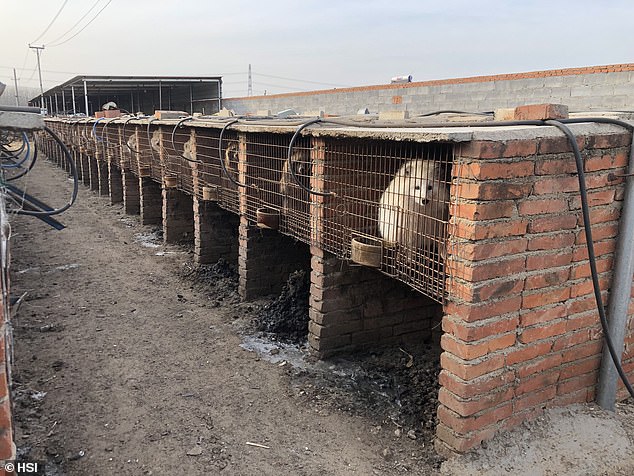
Raccoon dogs and foxes pictured, which were intensively bred for their fur in Asia in 2020
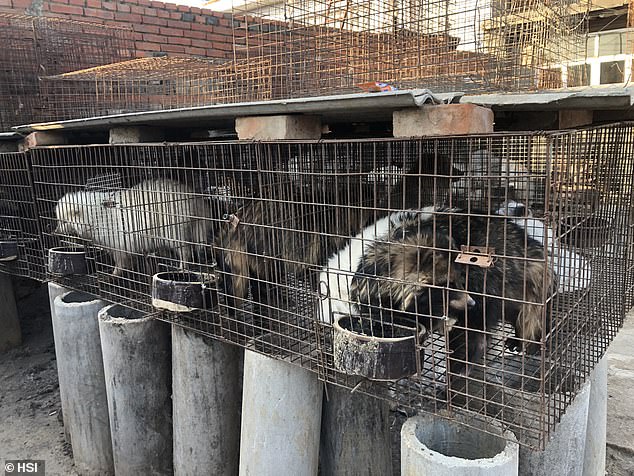
Since the Covid-19 pandemic, scientists have warned that keeping mammals such as minks for their fur could make it easier for new viruses to spread from the wild
The Chinese research team mapped the genetic material from lung and intestinal samples of 461 animals, such as minks, rabbits, foxes and raccoon dogs, that died from diseases across the country between 2021 and 2024.
Most of the animals came from fur farms, some were also bred for food or traditional medicine, and about 50 were wild animals.
According to the study in the journal Nature, the team discovered 125 viruses, including 36 new ones.
For 39 of the viruses, there is a “high risk” of being transmitted from one species to another, including to humans, the researchers assessed.
Some of these viruses, such as hepatitis E and Japanese encephalitis, have already been transmitted to humans, but 13 of them are new, the study said.
Various forms of bird flu have also been identified in guinea pigs, minks and muskrats.
Seven types of coronaviruses were also found, although none were closely related to SARS-CoV-2, the cause of Covid.
The virus that most concerned Holmes was the ‘Pipistrellus bat HKU5-like virus’. It had previously been found in bats, but was found in the lungs of two farmed mink.
It is a relative of the Middle East respiratory syndrome coronavirus (MERS), which can be fatal to humans.
“The fact that we are now seeing the disease jumping from bats to mink farms should be a warning sign,” said Holmes, a professor at the University of Sydney.
“This virus needs to be monitored.”
Thousands of unknown viruses are thought to be circulating among wild mammals. Scientists fear that fur farming could expose farmed animals to such viruses, which in turn could expose humans.
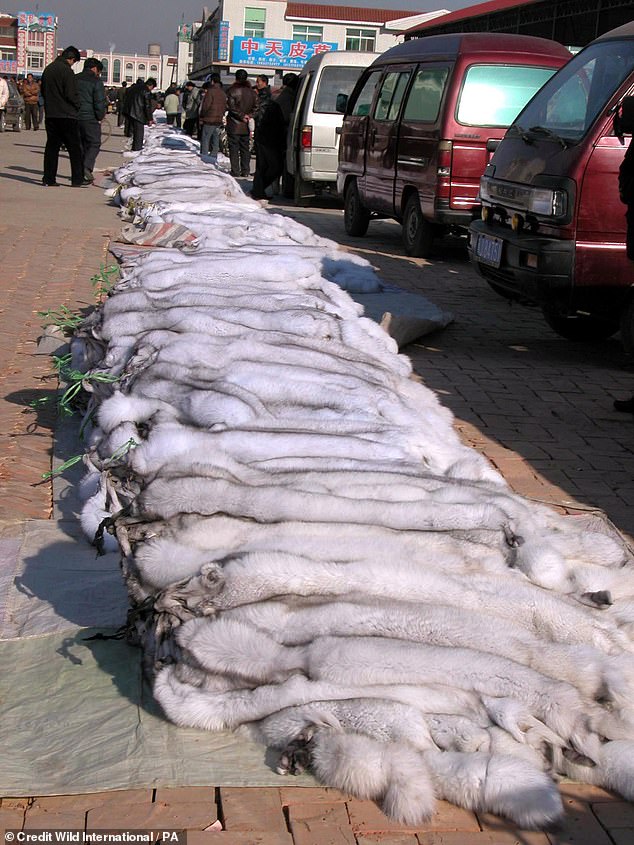
Pictured: Arctic fox skins sold in China, in a leaflet published by Care for the Wild International
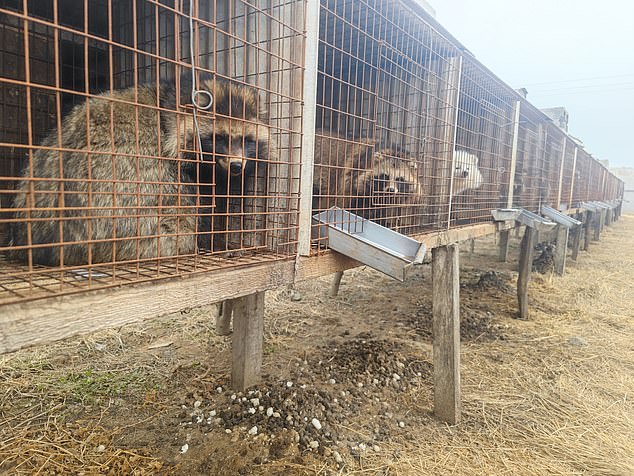
A fur farm in Pulandian, located in southern Liaoning Province, China, in 2023
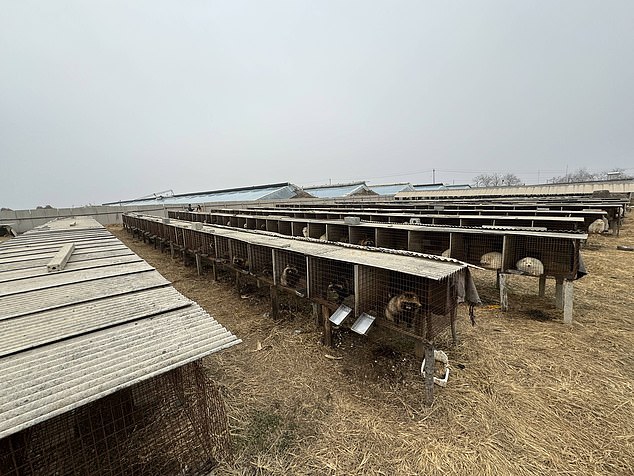
Another view of the fur farm in Pulandian. There are fears that 39 viruses have a ‘high risk’ of switching species
The leading theory about the origins of Covid is that the virus started in bats and was then transmitted to humans through the wildlife trade.
“I firmly believe that the wildlife trade is responsible for the emergence of SARS-CoV-2,” Holmes said.
“And I think the associated fur farm trade could easily lead to a new pandemic virus,” he added.
In the study, the researchers called for greater oversight of fur farms, particularly mink, raccoon dogs and guinea pigs, as these animals are the ones at highest risk for viruses.
Denmark culled its entire mink population in 2020 due to fears of Covid, but has since allowed the practice again.
